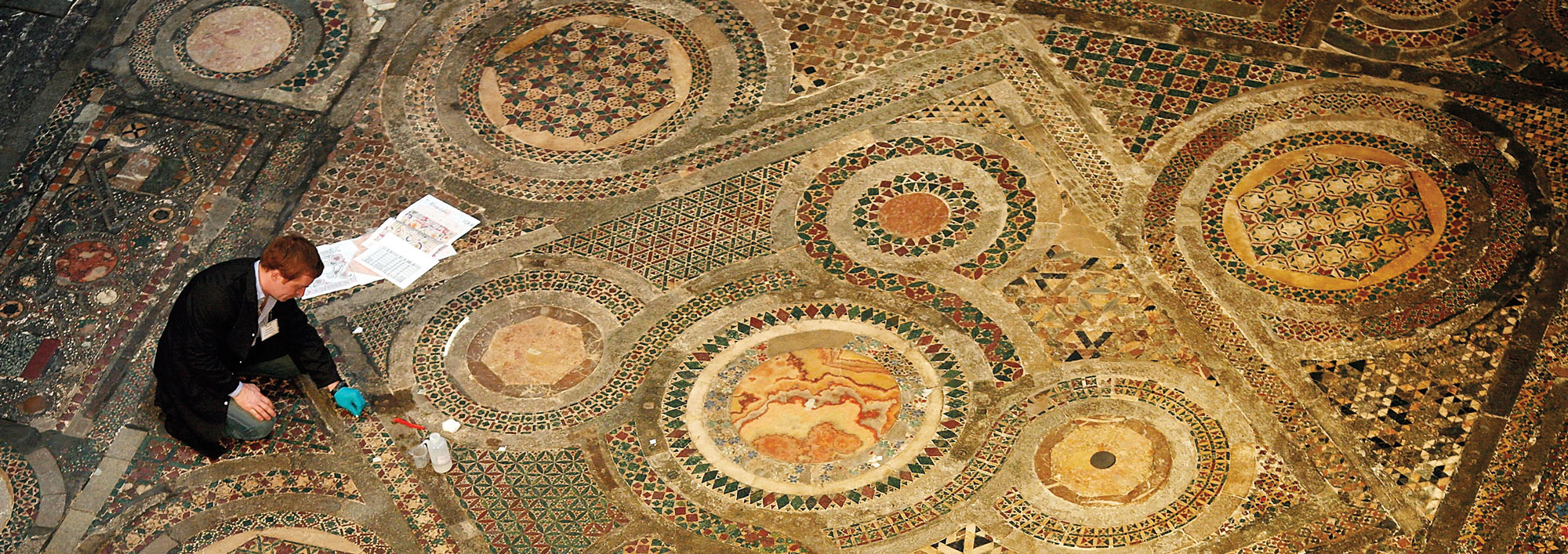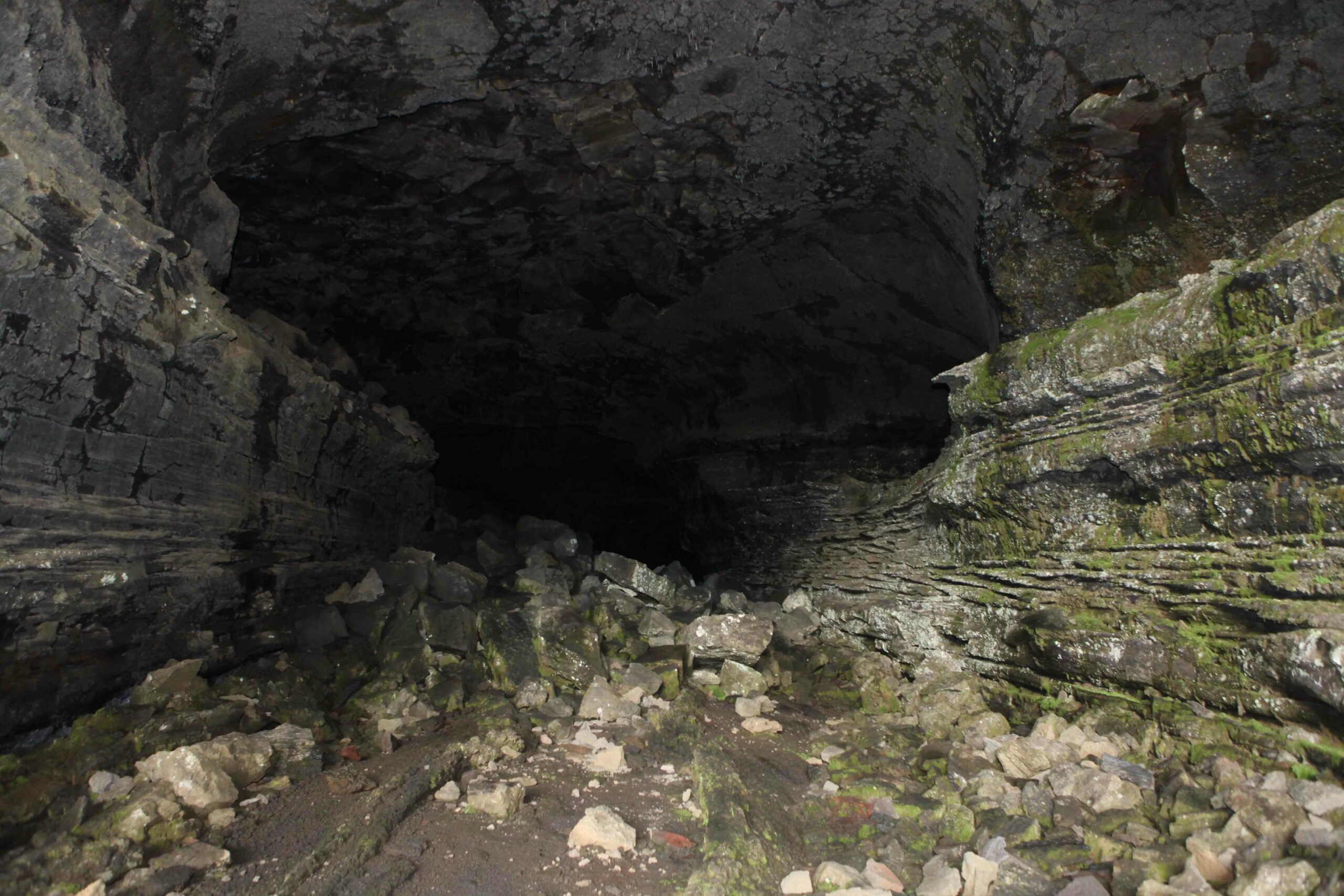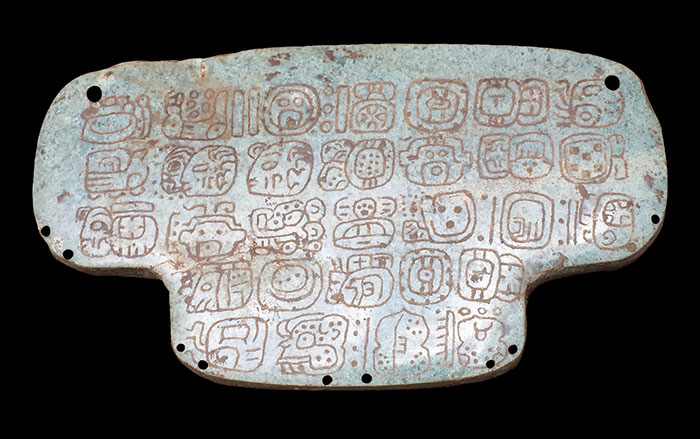
BARCELONA, SPAIN—Possible evidence for the medieval trade in cat fur has been uncovered at a site in eastern Spain, according to a report in Live Science. Some 900 domestic cat bones were discovered in a pit where crops may have been stored at the farming site of El Bordellet. The bones’ cut marks and fractures are consistent with what has been found in skinning experiments. Most of the bones are from cats between the ages of nine and 20 months at the time of death, likely because the animals would have been large, but their coats still relatively undamaged. Zooarchaeologist Lluis Lloveras of the University of Barcelona said cat fur was widely used during the Middle Ages in northern Europe to make coats, collars, and sleeves. “Some texts also make reference to the healing qualities of cat skin, but also to its possible harmfulness,” he said. Domestic cat fur was less valuable than the fur of wild cats, he added, and was worn by the less wealthy, and austere social groups, such as nuns. Lloveras also notes, however, that a horse skull, a goat horn, and a chicken eggshell were found alongside the cat bones. “All these particular animal remains have been associated with ritual practices in the Middle Ages as well as in later times,” he said. For more on cat remains in the archaeological record, go to “Baby Bobcat.”










